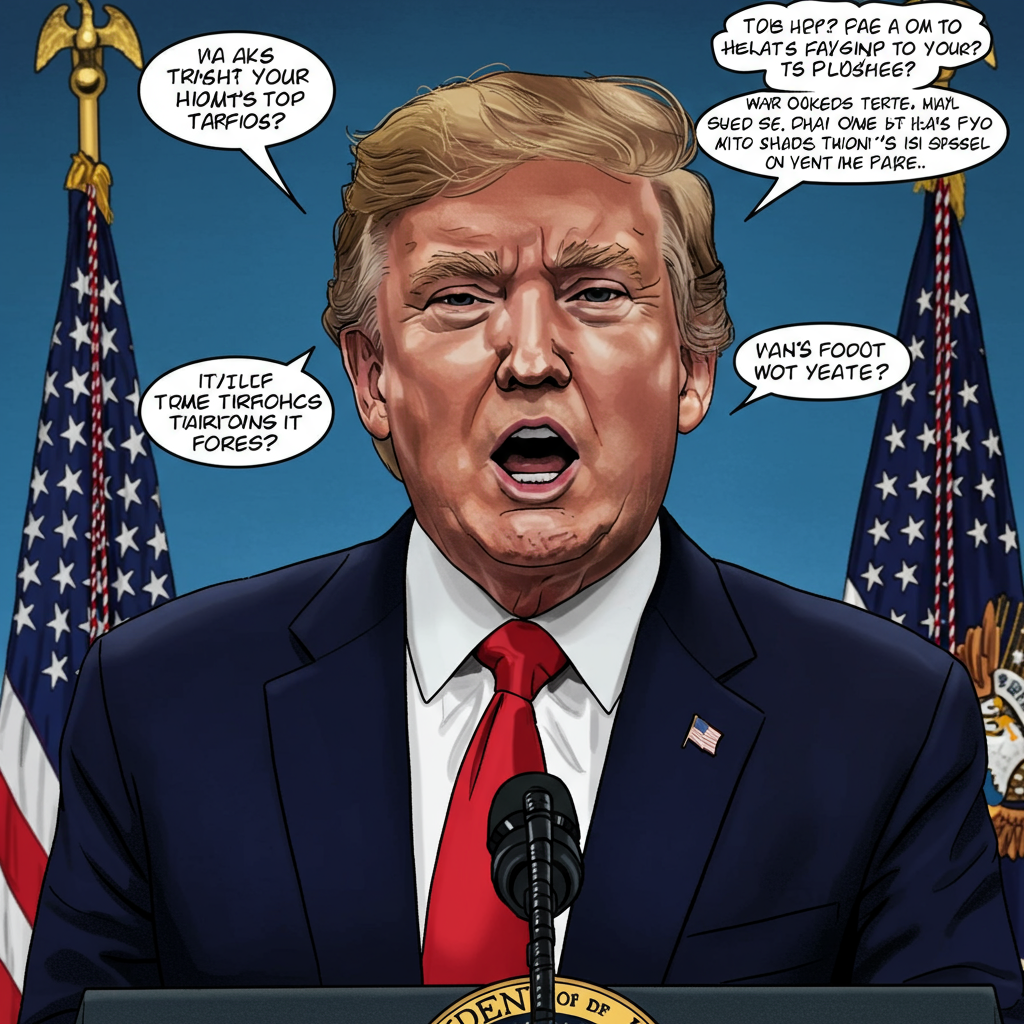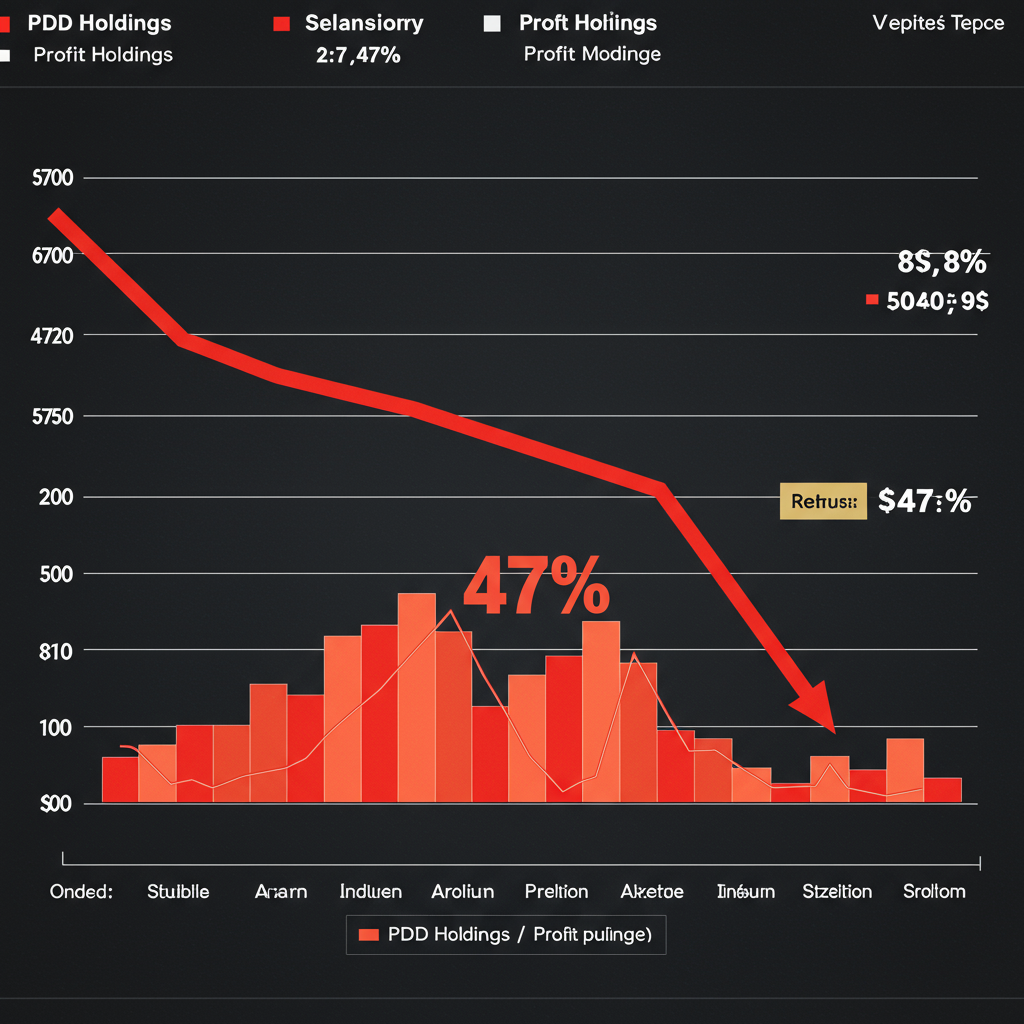A recent trade agreement between the United States and vietnam under the Trump administration sparked immediate, yet fleeting, optimism among businesses. Last week, President Trump announced the US would impose a 20% tariff on many Vietnamese exports. This figure seemed favorable compared to the much harsher 46% levy previously threatened in April. In return, US products entering Vietnam would reportedly face zero tariffs. This development initially boosted shares in sectors heavily invested in Vietnam, like clothing and manufacturing.
However, the initial cheer quickly faded as the details emerged. The most significant element of the deal, and arguably its true intention, appears less about benefiting Vietnam and more about applying pressure on china, Vietnam’s powerful neighbor. The core concern for businesses revolves around a crucial provision: a substantial 40% tariff remaining on “transshipments.”
Understanding the Transshipment Tariff and Its Impact
Transshipment, in this trade context, refers to products that have significant input from a third country, primarily China, but are routed through Vietnam (or other nations) to avoid US tariffs on goods originating directly from China. The 40% tariff specifically targets these goods.
For Vietnam, this presents a major challenge. As a thriving manufacturing hub, Vietnam naturally relies on inputs from numerous countries, including China, to create value-added goods for export. Expecting most Vietnamese manufactured products, outside perhaps agricultural goods, to be made entirely domestically is unrealistic, as highlighted by experts like Dr. Nguyen Khac Giang, a visiting fellow at the ISEAS Yusof Ishak Institute. China, in particular, is Vietnam’s top import source, providing essential raw materials for everything from footwear and furniture to electronics.
The definition of what constitutes a “transshipment” under this agreement remains unclear and is a significant source of uncertainty. Businesses worry the term could be used too broadly, potentially unfairly targeting many goods with legitimate components from China. The lack of clarity on how this policy will be enforced creates substantial risk for manufacturers and exporters. Proving the origin of all goods, especially in sectors with low margins like textiles, could place an unwelcome and potentially insurmountable burden on businesses. While some suggest the policy could potentially encourage US suppliers to establish operations in Vietnam, the immediate challenge is navigating the ambiguity.
A Broader Strategy: Using Trade Deals to Pressure Beijing
The analysis suggests the 40% transshipment tariff is a direct consequence of the US strategy to target China. Experts like Stephen Olson, a former US trade negotiator, see this deal as a clear indication that the US intends to use bilateral trade agreements to apply pressure on Beijing. This aligns with the broader Trump administration approach, which has seen tariffs levied against numerous countries, extending beyond China, to force trade renegotiations and reshape global supply chains.
Vietnam’s economy benefited significantly during the previous US-China trade war. As punishing tariffs were placed on China, many companies shifted their supply chains to Vietnam, boosting its manufacturing sector. However, this also led to a dramatic surge in Vietnam’s trade surplus with the US, attracting Washington’s attention and allegations that Vietnam was being used as a conduit for Chinese goods avoiding US tariffs.
China has reacted negatively to the US-Vietnam deal. China’s commerce ministry spokesperson, He Yongqian, stated that Beijing firmly opposes any agreement reached “at the expense of China’s interests” and would “resolutely counter it” if necessary to protect its rights. This response underscores the perception that the deal is, at its core, aimed at China.
Vietnam’s Delicate Diplomatic Balancing Act
This trade agreement places Vietnam in a particularly precarious position, requiring it to walk a diplomatic tightrope between two global powers vital to its future. The United States is not only a crucial export market for Vietnam, accounting for a significant portion of its GDP, but also a security partner that helps counterbalance China’s growing assertiveness in the region, particularly concerning the disputed South China Sea.
However, antagonizing China carries significant risks for Hanoi. If Beijing perceives that Vietnam is actively assisting Washington in containing or pressuring it, this could lead to economic retaliation from China or increased pressure regarding territorial disputes in the South China Sea. Peter Mumford, head of practice for south-east Asia at Eurasia Group, notes that while aggressive retaliation against Hanoi seems unlikely at present, the potential remains. Some analysts suggest Vietnam may have provided Beijing with advance notice or a general indication of the steps needed to secure a US trade deal, seeking to mitigate potential backlash.
Vietnam’s economic ties with China are deep and complex. China remains Vietnam’s top import source, providing the raw materials underpinning key manufacturing sectors. This interconnectedness makes disentangling supply chains, as the transshipment rule implies, incredibly difficult in practice. Experts point out that China is “completely interwoven into global supply chains,” making strict enforcement of origin rules burdensome for businesses across various industries.
Broader Implications of the Tariff Strategy
Beyond Vietnam, the Trump administration’s broad tariff strategy has been criticized as potentially counterproductive. Some argue that applying high tariffs widely alienates traditional allies and trade partners, potentially pushing them closer to rivals like China. Making manufacturing alternatives to China, like Vietnam, less feasible through tariffs removes incentives for companies to diversify supply chains away from China, potentially strengthening Beijing’s position in the long run. China, in turn, has been actively preparing for economic conflict, reducing its reliance on US imports while building economic resilience and seeking new trade relationships elsewhere, including with Vietnam.
While the announced 20% tariff is lower than initially feared, the 40% transshipment rule introduces significant uncertainty that outweighs the immediate relief for many Vietnamese businesses. The true impact of the deal hinges entirely on how “transshipment” is defined and rigorously enforced. Businesses are largely pausing investment and operational decisions as they await clarity. Reports even indicate that Vietnamese negotiators were still working to finalize details after President Trump publicly announced the agreement, highlighting the complexity and potential misalignment in the process.
The deal also included Vietnam agreeing to open its market to US goods, with Trump specifically mentioning US-made SUVs. However, the market for such vehicles in Vietnam remains relatively small compared to the millions of motorbikes crowding its city streets, suggesting the immediate economic benefit for US exporters might be limited.
Ultimately, the US-Vietnam trade agreement reached under the Trump administration is far from a clear-cut win for Vietnam. It is deeply intertwined with the ongoing US-China rivalry and the US strategy to reshape global trade dynamics. The 40% transshipment tariff creates substantial uncertainty for Vietnam’s vital manufacturing sector and places the nation on a delicate diplomatic tightrope. Its long-term consequences for Vietnam, global supply chains, and US-China relations remain to be seen, dependent largely on the implementation details yet to be clarified.
Frequently Asked Questions
What are the main tariffs in the US-Vietnam trade deal under Trump?
The core agreement involves the US imposing a 20% tariff on many exports from Vietnam to the United States. This rate is significantly lower than the 46% tariff that had been previously threatened. In exchange, US products entering Vietnam are expected to face zero tariffs. However, a critical detail is a separate, higher 40% tariff specifically targeting goods deemed “transshipments,” which typically means products with significant input from China being routed through Vietnam.
Why is the 40% transshipment tariff a major concern for Vietnamese businesses?
The 40% transshipment tariff is a major concern because Vietnam is a manufacturing hub that heavily relies on raw materials and components from other countries, including China. It is unrealistic for most manufactured goods (like textiles or electronics) to be made entirely in Vietnam. Businesses worry that the definition of “transshipment” will be too broad and that the 40% tariff will be applied unfairly to goods with legitimate, non-Chinese components, or those where only a small input comes from China. The lack of clarity on definition and enforcement creates significant uncertainty and potential financial burden for exporters.
How does this trade deal impact Vietnam’s relationships with the US and China?
The deal places Vietnam on a difficult diplomatic tightrope. The US is a critical export market and a security partner providing a counterbalance to China. However, China is Vietnam’s top source for manufacturing inputs and a powerful neighbor. If Beijing views the deal as Hanoi helping Washington constrain China, it risks economic retaliation from China or pressure on sensitive issues like the South China Sea. Vietnam must carefully balance its economic and security needs with both global powers.



